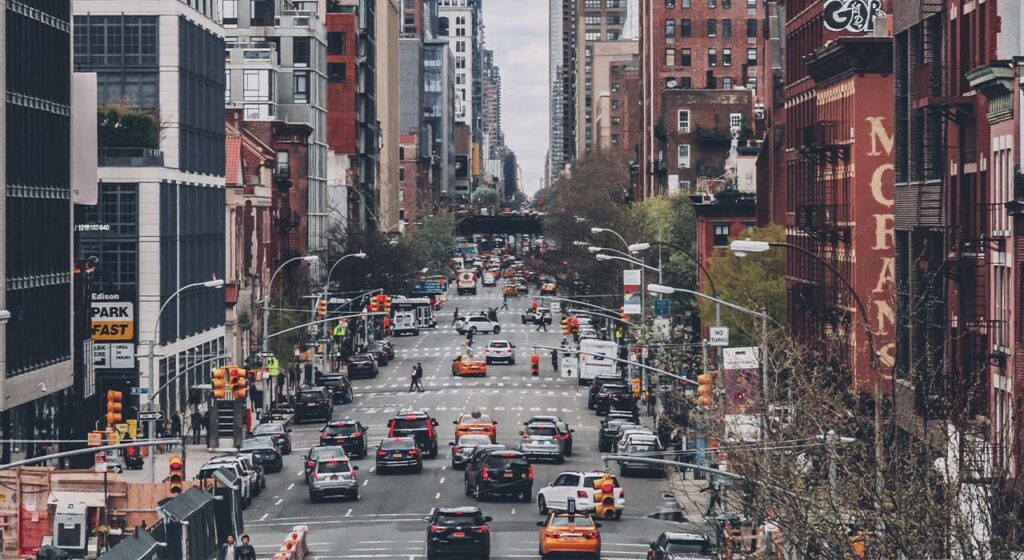Many states, counties and municipalities offer public transportation options to their citizens. This may include buses, rail lines or subway systems. Public transportation is especially important in cities with low car ownership and high population density. It can give everyone access to transport, allowing them to go to work and run daily errands, and can reduce the environmental impact of cars.
Most established public transport systems are located in central urban areas where there is sufficient density and public demand to warrant public transport. In suburban, automobile-centric communities, public transit is usually, but not always, less frequent and less widespread. Most public transportation services in the United States are national, regional/city, or local, depending on the type of service. In addition, sometimes “public transportation” in the United States is an umbrella term used synonymously with “alternative transportation,” meaning any form of mobility that excludes driving alone. Sometimes this can include car sharing, vanpooling, on-demand mobility (e.g. Uber, Lyft, Bird, Lime), bicycle-friendly infrastructure (e.g. bike lanes, sharrows, bike paths, and bike lanes), and paratransit services.
